
How to Create Facebook Ad Campaign
Facebook advertising campaigns are crucial for businesses because the Facebook platform has 2.989 billion active users worldwide. Through paid ads, businesses can reach a wider audience. So, Facebook Marketers and Marketing Advertisers should know how to create successful ad campaigns.
Facebook ad campaigns can offer various advantages, such as the following:
- Increased brand awareness;
- Better ad targeting;
- More user engagement; and
- Greater traffic and sales.
By structuring your advertising efforts into campaigns, you can focus on
- Specific objectives;
- Target specific audiences; and
- Optimize your ads for maximum impact.
Also, Facebook has many analytics and reporting tools that businesses use to measure their success. This makes it easier to track performance and make necessary adjustments to achieve your marketing goals.
What is a Campaign in Facebook Advertising?
In Facebook advertising, a campaign is critical for organizing and managing your ads. A Facebook advertising campaign reflects your marketing goal or goals. Also, you can create a campaign through the Facebook Ads Manager.
In general, a Facebook ads campaign aims to achieve specific results, such as the following:
- Boosting brand awareness;
- Driving traffic to your business website;
- Lead generation; or
- Promoting your brand, product, or service.
Key Elements of a Successful Facebook Ad Campaign
To run an effective Facebook advertising campaign, you must understand its essential elements.
Goal or Objective
Firstly, every Facebook advertising campaign should focus on a specific objective that aligns with your overall digital marketing goals.
Fortunately, the Facebook platform offers multiple objectives, including:
- Awareness;
- Traffic;
- Engagement;
- Leads;
- App promotion; and
- Sales.
Also, Facebook has a nifty feature where you can hover over objectives to check if they fit your advertising goals. Choosing the right objective is crucial, since it affects how your ads are optimized and measured.

Under the campaign level, you can set the campaign name or declare if your ads are related to unique categories. Also, you can set the budget at the campaign level.
Ad Sets
Facebook marketers can create one or more ad sets within a campaign. Ad sets allow you to define details such as audience, budget, schedule, etc.
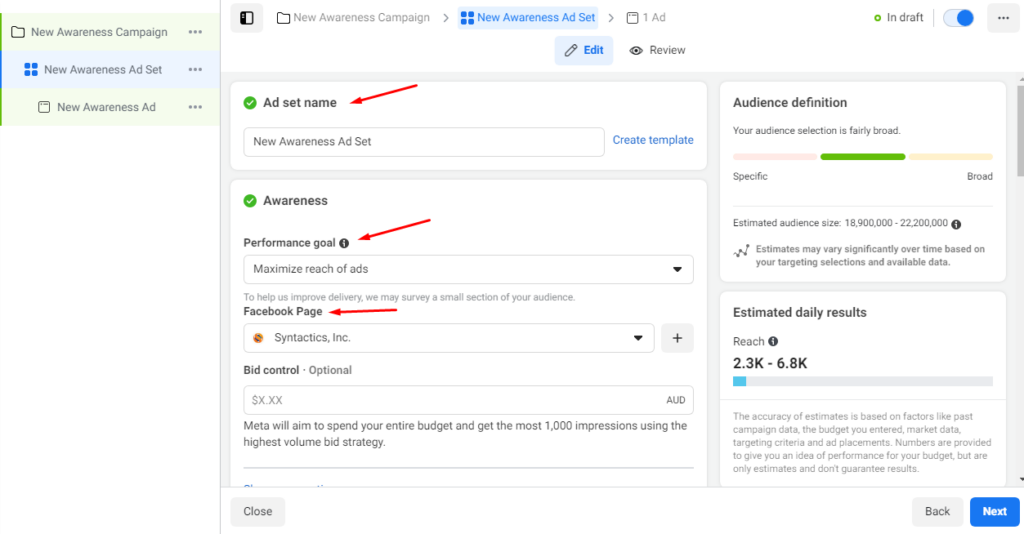
Firstly, you can define your target audience and set location and demographics. The boxes on the right-hand side can provide estimated audience size and results based on your settings.

Also, you can set the ad campaign budget to either Daily or Lifetime. Meta spends a certain amount daily to run your ads for Daily Budget. On the other hand, Lifetime allows you to set a budget that Meta will spend for a set date.
Placements refer to the places or platforms where you want your Facebook ads to show up. Choosing Advantage will mean Meta automatically shows ads where they’re more likely to perform well.

But, choosing Manual will allow you to choose the placements, such as on Facebook or Instagram feeds or Stories.
In addition to a target audience and other elements, you can define your ads’ specific goal at the ad set level. Under the Awareness objective, you can set it to maximize the reach or number of people who see your ads. But, marketers can also configure the settings to maximize impressions or how often the ads are shown.
You can also choose to use a dynamic ad set. Here, Meta dynamically generates combinations of creatives optimized for the audience.
Creating multiple ad sets allows you to test different strategies. As a result, you can optimize your Facebook ad targeting to reach ideal market demographics or geographic locations.
Ads
Advertisements are the elements Facebook users see on their feed or other ad placements, like Instagram. Ads are individual creatives displayed to your target demographic, and marketers can make them as part of an ad set. Facebook advertisements usually involve ad formats like:
- Images;
- Videos;
- Carousels;
- Slideshows, etc.

At this level, you can create your ad and configure the following settings:
- Creatives;
- Copy;
- Format;
- A destination URL (for example, if you want to direct the audience to your website); and
- Whether you want to track conversions with the Facebook pixel.

Additionally, there’s an ad preview section where you can see how your ad would look in different placements.
You can create multiple ads within a set to test elements such as visuals, headlines, ad copy, and Calls-To-Action.
READ: Tips for Creating Excellent Facebook Ad Copy
Tracking and Measurement
Lastly, Facebook provides marketers with tools to track and measure campaign performance. You can see the performance of all published campaigns in Ads Manager. Also, you can customize which metrics to show depending on your campaign goals.

As a result, it’s easier to monitor the following metrics:
- Impressions;
- Clicks;
- Reach;
- Engagement;
- Conversions; and
- Cost per result.

Analyzing these metrics allows you to gain insights into campaign performance. Then, you can make informed decisions to optimize your Facebook ads.
Facebook campaigns help you focus advertising efforts, target specific audiences, and maximize your ads’ impact. Also, to ensure you can achieve marketing goals, you must track performance and make necessary adjustments for the future.
How to Create Successful Facebook Ad Campaigns: A Step-by-Step Guide
We have plenty of smart tips for Facebook ads, but here are some best practices for setting up your campaigns:
Clearly Define Your Goals or Objectives
Determining goals is crucial for any successful digital marketing strategy. So for Facebook advertisements, you need to settle on your campaign objectives. Which is most relevant to your ad campaign: Awareness, Leads, or Sales?

Whichever you choose, ensure that your goals are SMART or Specific, Measurable, Attainable, Relevant, and Time-bound. That way, you can be sure you can effectively optimize your [ campaign strategy.
Know Your Target Audience
For your advertising campaign to effectively reach your desired audience, you must understand them.
In particular, it’s crucial to understand your target audience’s demographics, interests, and behaviors. For instance, most or 54% of Facebook users are women, which can give you an idea of who to target.

Fortunately, Facebook’s Audience Insights tool allows marketers to conduct market research and create buyer personas. Data and insights allow you to tailor your ad targeting to reach the right audience.
Create a Compelling Ad Creative
Your Facebook advertisements must appeal to users. That way, you can effectively share your Unique Value Proposition or showcase your product or service. So when crafting attention-grabbing ad creatives, you need to ensure the following:
- Select clear, attractive visuals like images or videos;
- Write persuasive ad copy; and
- Add strong Calls-To-Action.
Also, you can maximize your ads’ success by utilizing social proof or testimonials.
Learn Facebook Video Ads Strategies here!
Play Around With Different Ad Formats
You need to choose a suitable format to maximize your ads’ success. Facebook offers marketers various formats like images, videos, carousels, etc. In particular, short video creatives tend to perform better. Video creatives tend to get more clicks and, as a result, better conversions.
High-quality images or animated static images also fare well. However, it’s crucial to match the format to your campaign objectives. Also, you should understand each ad format’s specifications and requirements, especially your selected format(s).

So, test formats, especially via A/B Testing, to see which ones work best for your goals or target audience.
Take Advantage of Facebook’s Targeting Options
Facebook’s advanced targeting options allow marketers to narrow their target audience into crucial demographics. That way, ad campaigns can more effectively reach users who are most interested in your brand.
You can optimize ad targeting on Facebook using different targeting options like demographics and behaviors. Additionally, you can create custom audiences, which are helpful for targeting people who interacted with your brand before. This can include site visitors and email subscribers.
On the other hand, targeting lookalike audiences can help expand your reach. Such audiences have users with similar characteristics and interests as existing ones. Lastly, consider using retargeting to reach out to users who previously interacted with your brand.
Optimize Ad Delivery with the Scheduling Feature
Facebook allows marketers to schedule and deliver their Facebook ads at the most effective times. You can choose the best ad scheduling options to find the optimal delivery optimization for your objectives.
Keep track of your ad delivery settings and optimize them based on performance data.
Set a Budget for Campaign Optimization
Currently, social media advertising spending in 2023 sits at $269.68 billion. So when setting your budget, it’s essential to consider your campaign’s objectives and the size of your target audience.
So, start with a smaller budget and increase it as you gain more insights and optimize your campaigns. Also, you must decide between a Daily or Lifetime budget.

Lastly, keep a close eye on performance to make informed decisions on campaign budget allocation.
Monitor Your Ad Campaign
To ensure your ad campaigns’ success, it’s crucial to regularly monitor their performance. You can use Facebook Ads Manager to track essential metrics such as impressions and conversions and identify areas for improvement.
Additionally, A/B testing is a great way to examine the performance of different ad elements, such as:
- Visuals;
- Headlines;
- Ad copy; or
- CTAs.
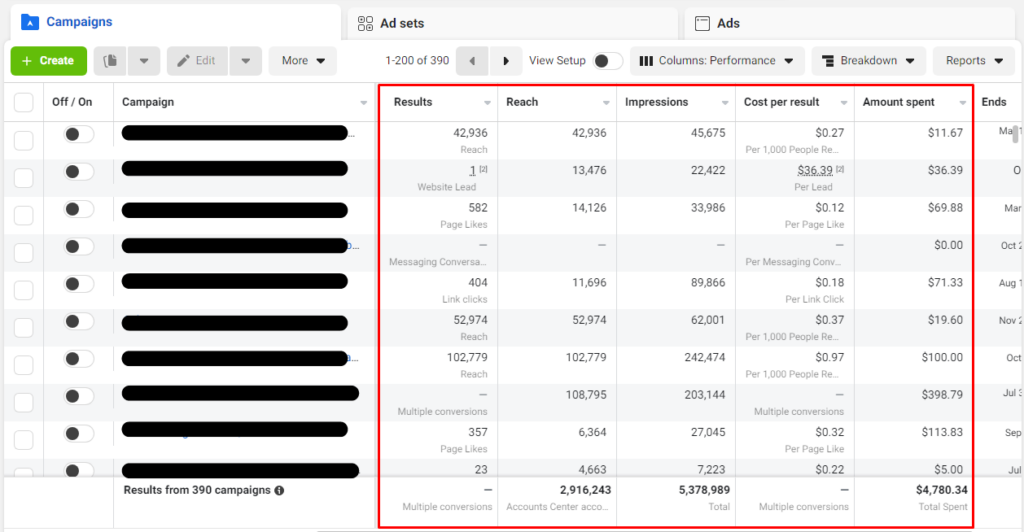
Based on the data insights gathered, you can optimize your campaigns and make necessary adjustments to achieve better results.
Continuously Manage your Ongoing Campaigns
For greater campaign success of your campaigns, paid Facebook marketers must continually manage and optimize them. As a marketer, you must base these optimizations on previous performance data.
This involves the following practices:
- Regularly reviewing and adjusting campaign settings;
- Refreshing ad creative to prevent ad fatigue; and
- Testing new ad variations.
Additionally, marketers should pause underperforming ads or ad sets and focus more on successful ones. Finally, you must stay updated with changes to Facebook’s ad platform and make the appropriate adjustments.
Final Thoughts
Facebook advertisements are cost-effective and allow you to showcase your products and services in various formats. The critical elements of a Facebook advertising campaign include your goals, ads or ad sets, and tracking and measurement.
Here are the best practices on how to create a successful Facebook ad campaign:
- First, define your objectives;
- Then, understand your target audience;
- Afterward, you can create visually appealing and engaging ad creatives;
- Next, choose the appropriate ad format;
- Also, utilize Facebook’s robust targeting options;
- Determine an effective budget;
- Set campaign scheduling and delivery;
- Regularly monitor and analyze performance; and
- Lastly, continuously review and adjust campaign settings as needed.
As an advertising platform, Facebook provides several features, such as robust targeting options. So, it shows ads to the ideal potential customers, maximizing conversion chances.
Facebook Paid Marketing can significantly improve your chances of success.
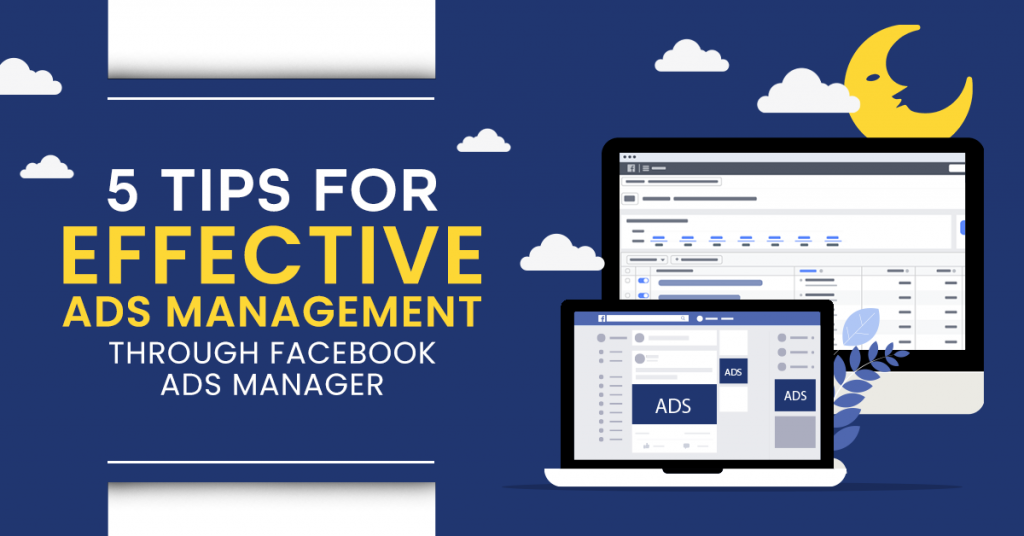
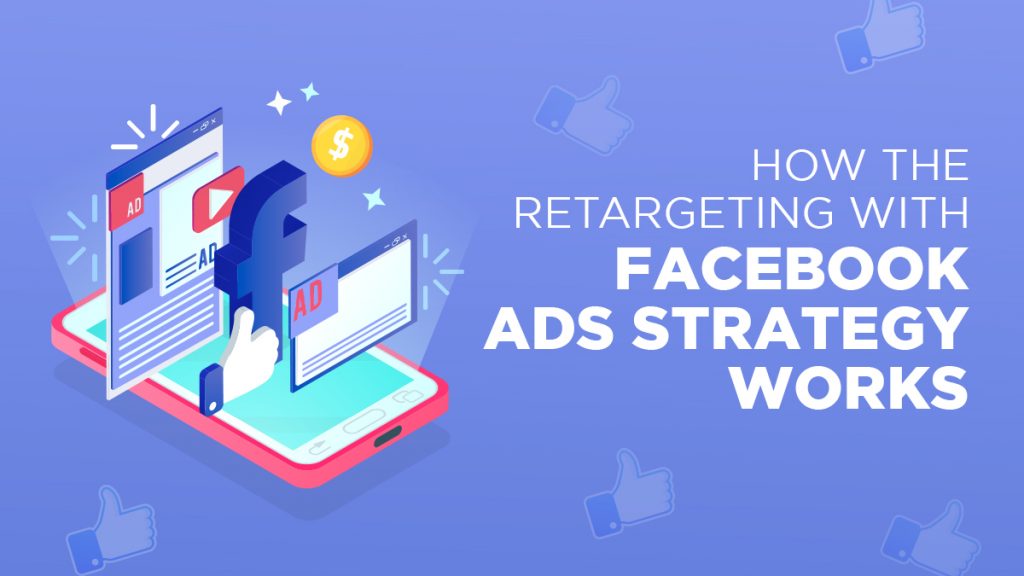







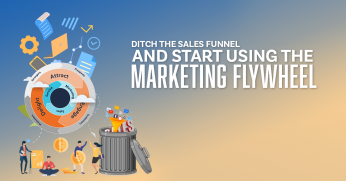







Comment 0